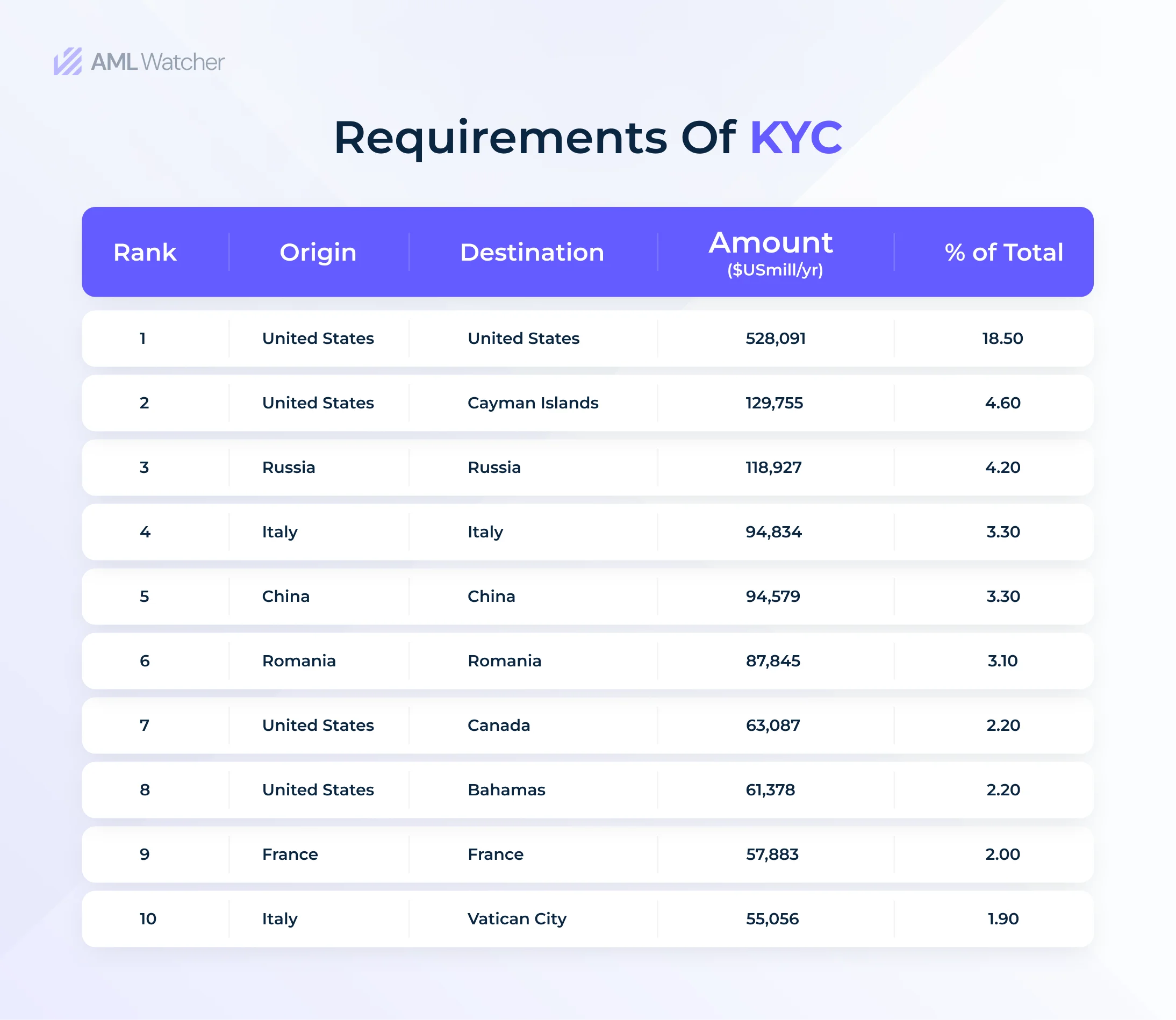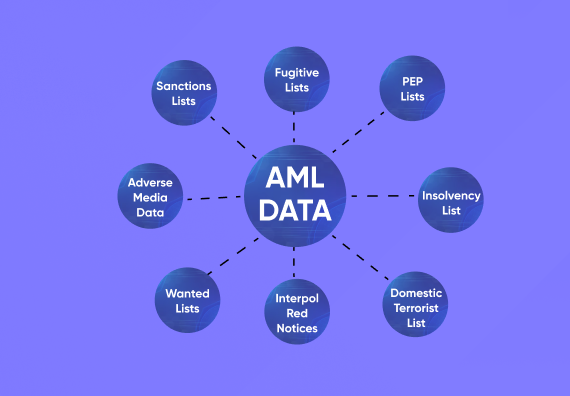
PEP Screening – What is it and Why does it matter?
In 2003, to combat the laundered corruption by means of financial and non-financial institutions, the UNCAC (United Nations Convention against Corruption) first instituted the concept of PEP means Politically Exposed Persons. With no distinction between foreign and domestic PEPs, the regulation required all the financial institutions (FIs) to practice PEP Screening including enhanced due diligence (EDD) not limited to PEPs only but their associates and acquaintances. In compliance with the regulation against PEPs, the FIs were made liable to draft and send SARs (Suspicious Activities Reports) to their relevant regulatory organizations (i.e. government).
Before delving deeper into the intricate dimensions of PEP list screening and its imperative role in maintaining the global financial integrity, let’s touch the grass root of politically exposed persons.
Screening of Politically Exposed Persons: Below the Surface Review
The higher risk individuals, potentially prone to abuse their political or prominent public position and the people in close relationship with such individuals are considered PEPs, defined and elaborated by the Wolfsberg Group. Refining the definition and corruption phenomena associated with PEPs, World Check Media highlights the intricacy of PEP risk in terms of enhanced compliance challenges by the associates, a veiled middleman, or a potential business partner of the PEPs.
In adherence to the FATF Recommendations for politically exposed persons, a risk based approach in PEP screening method requires institutions to evaluate the level and nature of PEP risk involved. It suggests that the screening must not only rely on the consolidated names of blacklisted persons but an effective PEP screening compliance program should include the identities and risk factors for those who surround a PEP.
On-Boarding of a PEP Client: A Glamorous Knot
Eager to on-board a high net-worth client, the FIs tend to avoid a lengthy and hustling screening hence, exposing their institution to a reputational and compliance risk. The absence of a robust screening and due diligence, once caused a reputable bank Riggs a hefty monetary ($16 million) and reputational loss. Constituting the risk factors, in many of reported laundered corruption cases, the associates of PEPs for instance, lawyers, managers, and family members were found involved. Leaving a lesson for his successors, Frederick Chiluba (a former president of Zambia) was convicted of $500,000 embezzlement from his own people and sentenced to jail. Regina, his wife and Meer Care & Desai, his law firm, were also accused of money-laundering.
Happening in every developed or developing country, a total of $2.85 trillion is laundered every year while the concentration of its occurrence is saturated in Europe and North America because of the currency value, authored by Hitesh Patel and Bharat .S Thakkar in Globalization. Where it is difficult to find actual numbers of laundered amounts, a report summarized and explained by Walker highlights the origin and target of the laundered money, as shown in the below visual.
Reputational Risks: A Methodical Approach
On the other hand, the ever-evolving and fascinating ways of corruption have confused the FIs, declaring all PEPs a threat, which in turn has largely affected the innocent PEPs, especially foreign PEPs. In account of compliance cost and legal penalties, several financial institutions went above and beyond in seizing the accounts of PEPs based on their judgements. One of the prominent cases, abrupt closure of Nigel Farage’s accounts highlights the mishandling of a PEP, considering him a high threat entity without evaluating the PEP risk. This cost the chief executive (former) of NetWest a huge fine of £7.6 million. It clearly makes one state that the presence of regulations are not sufficient to meet the compliance but, the implementation of vigilant PEP screening solutions is inevitable. It is imperative to understand for all institutions that not all the PEPs carry high risk, but instead they should be considered a potential risk to their integrity and compliance framework.
An Effective Screening and Enhanced Due Diligence: Birds of a Feather
In a globally evolving financial sphere, one might end up asking who will be the next headline in the corruption scandals and whose illicit money will be revealed after decade-long ongoing underground investigation by the regulatory authorities. The answer resides in the cruciality of a robust PEP screening embedded with the identification of risks associated with potential PEPs and implementation of due diligence. Therefore, the significant gaps between a sufficient financial verification and an effective due diligence have raised a question mark on the compliance program of Deutsche Bank, while handling the financial statements of former president Donald Trump and his organization. The upshot of a lenient screening enabled the former president to gain monetary benefits in terms of loans and business deals.
To find a steady pace in the regulatory framework, where FATF (Financial Action Task Force) has provided the FIs with its recommendations on AML (anti-money laundering) standards and suggestions to meet those compliance, various PEP regulations have been adopted by different states and private institutions. Employed by more than 200 jurisdictions (stated by FATF), these regulations have sprouted different challenges in meeting the PEP list screening standards. However, the US Anti-money Laundering legislation has made it mandatory for the FIs to implement enhanced due diligence while dealing foreign PEPs, as a measure to control and mitigate PEP risks. This due diligence allows FIs to proceed and expand their relationship with PEPs. Below is a comprehensive process flow of standard and enhanced due diligence convincing on how the latter monitoring protocol offers a robust screening solution.
Meeting Enhanced Scrutiny: Integration of Technology
The globalization of economies, cross-border financial activities, and the advancement in information and communication technologies have made it challenging for the institutions to deter the money laundering offenses. However, the balanced blend of technology helping to meet the regulations (RegTech) facilitates the regulators and financial institutions in fighting financial crimes. According to FinTech Global, almost half of the RegTech companies (53% of 341) are focusing on addressing the AML and KYC (know your customer) issues. Let’s take a closer look at how these technical advancements in PEP screening software have a promising future against financial crimes.
Routing Complex Networks: Extensive database
A shift from customer to data driven methodologies in AML/CFT have enabled the screening solutions reinforcing the compliance regulations where “Data rules”. AML solutions with extensive and updated databases incorporating a network of PEP lists that leverage your institution to stay compliant with PEP regulations. Unfolding the hidden connections and complex networks of launderers, these data driven solutions must include individuals with high risk profiles, close associates and relatives, last but not least domestic and international PEPs records.
Enhanced Screening Precision: AI/ML Embedded Solutions
Playing a significant role in RegTech solutions, artificial intelligence (AI) integrated screening solutions replicate the human efforts while the machine learning (ML) being the component of AI improves and enhances the performance of such solutions. Many of the screening solutions employ AI/ML into the heart of their automation enabling FIs to meet AML regulatory compliance. The frequency of false positives measures the precision of the screening process while AI/ML embedded solutions analyze the previous alerts and reduce the occurrence of false positives. It also allows the system to generate alerts upon reaching the threshold of set transactions, hence making transaction monitoring a reliable tool to meet AML compliance, authored by Accenture.
Reduced Manual Intrusion: Risk Assessment and Customization
A robust PEP screening solution with customizable risk rules aligning with the intricate nature of PEPs framework and their RCAs empowers the institutions in terms of organized audit records coupled with involuntary declines and approvals while reducing manual interventions. These centralized screening solutions with integrated risk rules and adjustable scoring engine allows businesses to implement risk based alert management.
Enhanced Due Diligence: Automated Real-Time Monitoring
With ongoing and real time monitoring, a tech driven and analytically advanced PEP list screening solution identifies and reports suspicious financial activities while maintaining and updating the PEP in an ongoing AML risk. Through the risk profiles of customers, institutions can implement enhanced due diligence procedures and stay ahead of AML and PEP compliance demands.
Reduced Compliance Cost: Automated AML Solution
According to Fenergo, since 2008, financial institutions have faced legal penalties and monetary fines worth more than $27 billion for non-compliance with AML regulations. In the desperate times of global financial crisis and ever-growing regulations, it has become unavoidable for institutions to enact enhanced due diligence measures while dealing with PEPs. Mitigating the money laundering (ML) or terror financing risks, automated AML screening solutions unearth the hidden networks of ML actors while keeping the institutions updated with the global PEP lists.
AML Watcher: Redefining Future of Compliance
Aligned with both domestic and international regulatory standards, AML Watcher holds the right spot for being a premier AML screening solution. Automated with an extensive database and network of PEP lists, our solution enables your institution to run a robust risk based screening while meeting the FATF recommendations on PEP screening method. Protecting from regulatory consequences, AML Watcher screening tool with its real time monitoring and fuzzy matching and risk scores integration shields the integrity of your business.
Strengthen your organization coupled with enhanced protection against financial crimes while staying ahead of regulatory compliance, with AML Watcher.
We are here to consult you
Switch to AML Watcher today and reduce your current AML cost by 50% - no questions asked.
- Find right product and pricing for your business
- Get your current solution provider audit & minimise your changeover risk
- Gain expert insights with quick response time to your queries





